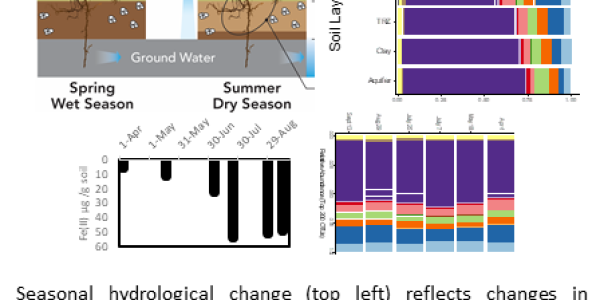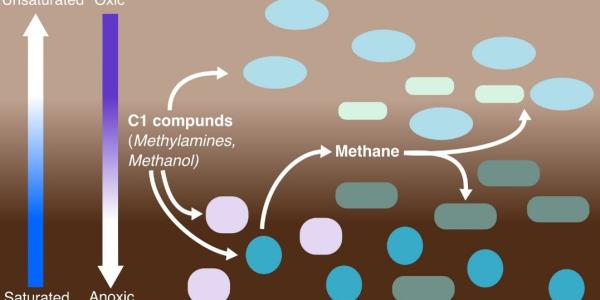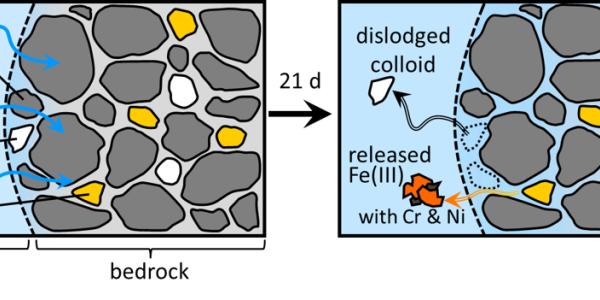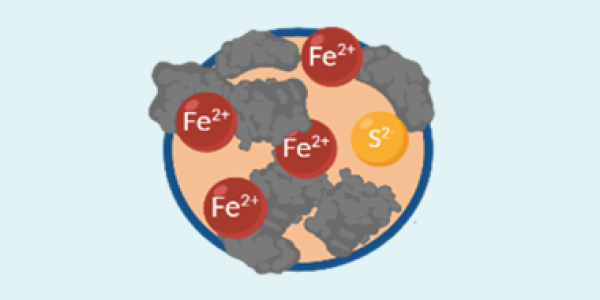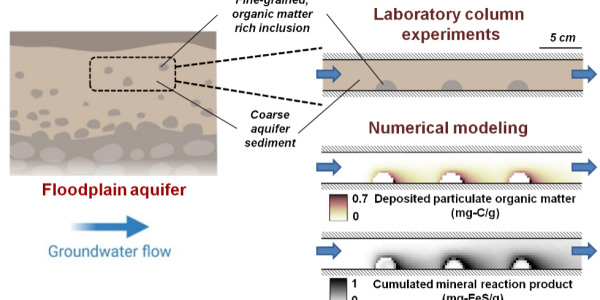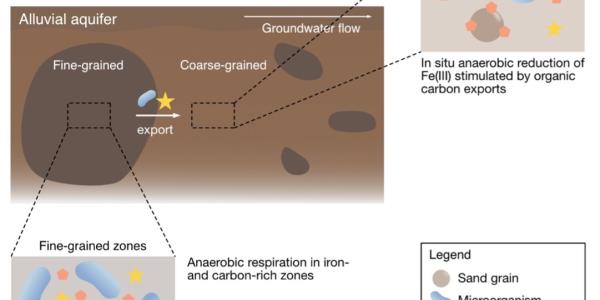Research Highlights
News
Soil organic matter controls Pb release during redox cycles in floodplain soils Lead released from mineral phases during hydrologic redox cycles is retained...
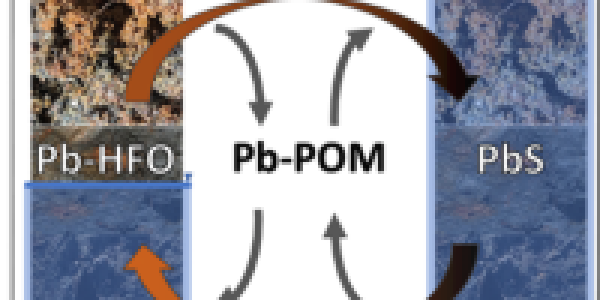
News
Research
Spatial and Compositional Heterogeneities Control Zn Retention Mechanisms in a Simulated Aquifer
Export of carbon from organic-enriched lenses stimulates reducing conditions in oxic sandy aquifers, promoting redox cycling in high-flow zones. The Science Aquifers contain...
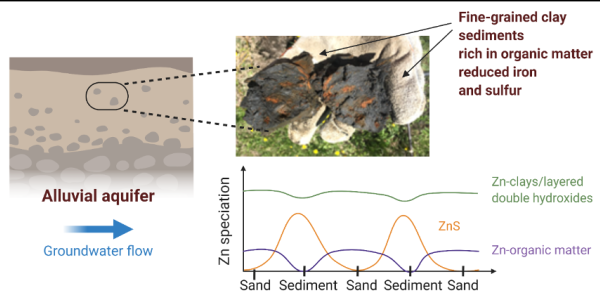
News
Noël, V.; Boye, K.; Kukkadapu, R. K.; Li, Q.; Bargar, J. R. Uranium storage mechanisms in wet-dry redox cycled sediments. Water Research. Water...
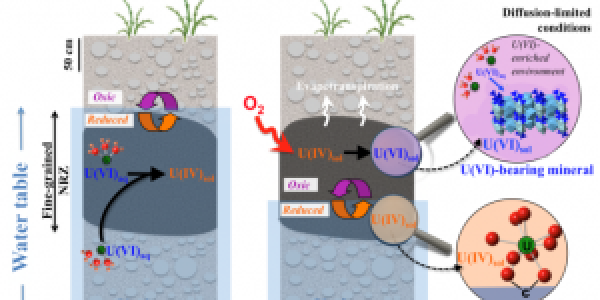
News
Fine-grained sediments appear to host distinct microbial groups that are stimulated through water table rise and fall throughout the season The Science Microbial...
